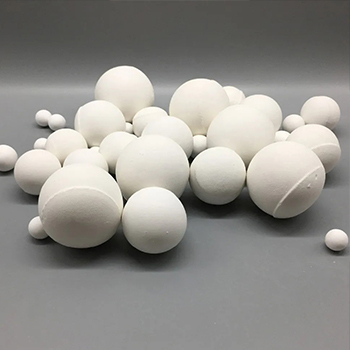
Innovative Coated Sand Solutions for Enhanced Performance and Durability in Industrial Applications
Coated Sand Solutions Enhancing the Future of Foundry Industry
The foundry industry plays a vital role in manufacturing, providing metal castings that are essential for various applications, ranging from automotive parts to industrial machinery. One innovative approach that has gained significant traction in recent years is the use of coated sand solutions. This technique not only improves the quality of castings but also contributes to sustainability by reducing waste. In this article, we will explore the benefits of coated sand solutions and why they are becoming increasingly popular in the foundry sector.
Understanding Coated Sand
Coated sand is a type of sand that is treated with a resin or other binding agents to create a hard shell around each grain. This process enhances the sand's performance in mold-making, resulting in better dimensional accuracy, surface finish, and reduced gas defect formation in the final cast product. Traditionally, foundries used uncoated sand mixed with binders, but coated sand presents a more effective alternative.
Advantages of Coated Sand Solutions
1. Improved Mold Quality The primary advantage of coated sand is its ability to produce high-quality molds and cores. The coating provides a uniform surface, which helps in achieving excellent surface finish and dimensional precision in castings. This is particularly beneficial in industries that require tight tolerances, such as aerospace and automotive.
coated sand solutions

2. Enhanced Strength Coated sand exhibits greater strength compared to traditional sand molds. The coating allows for a greater bond between the sand grains, resulting in stronger molds that can withstand the thermal and mechanical stresses of pouring molten metal. This strength also benefits the reuse of molds, contributing to cost-effectiveness.
3. Reduced Defects One of the significant challenges in casting is the formation of casting defects such as gas holes and sand inclusions. The use of coated sand minimizes these issues by enhancing gas permeability and preventing the sand from breaking down during the casting process. This leads to an overall increase in yields and a reduction in scrap rates.
4. Sustainability In an era where environmental considerations are paramount, coated sand solutions offer a sustainable alternative to traditional sand casting methods. Many coated sands are designed to be recyclable and can be reused several times without significant degradation in performance. This minimizes waste and the need for virgin sand, making the casting process more eco-friendly.
5. Versatility Coated sand solutions are highly versatile and can be tailored to meet specific foundry requirements. Different types of coatings can be applied depending on the type of metal being cast and the desired properties of the final product. This adaptability allows foundries to optimize their processes for various applications.
Conclusion
As the demand for high-quality castings continues to rise, the foundry industry is increasingly turning to coated sand solutions as a reliable method for enhancing production efficiency and output quality. The benefits of improved mold strength, reduced defects, and sustainability make coated sand an attractive choice for foundries looking to innovate and stay competitive in the market. As technology advances, we can expect further developments in coated sand solutions, paving the way for a more efficient and environmentally friendly future in the casting sector. By embracing these solutions, foundries not only ensure their competitiveness but also contribute to a more sustainable manufacturing landscape.
Share
-
Fly Ash Solutions Enhanced by GPT-4 Turbo | Sustainable InnovationNewsAug.01,2025
-
Natural Premium Bentonite Cat Litter - Superior ClumpingNewsJul.31,2025
-
Premium Resin Coated Sand - High Heat Resistance CastingNewsJul.31,2025
-
High Quality Silicon Carbide Grit for Abrasive ApplicationsNewsJul.30,2025
-
High-Quality Ceramsite for Plants & Gardening | Lightweight PebblesNewsJul.29,2025
-
Premium Burgundy Glass Marbles for Vases & Shooter GamesNewsJul.29,2025






